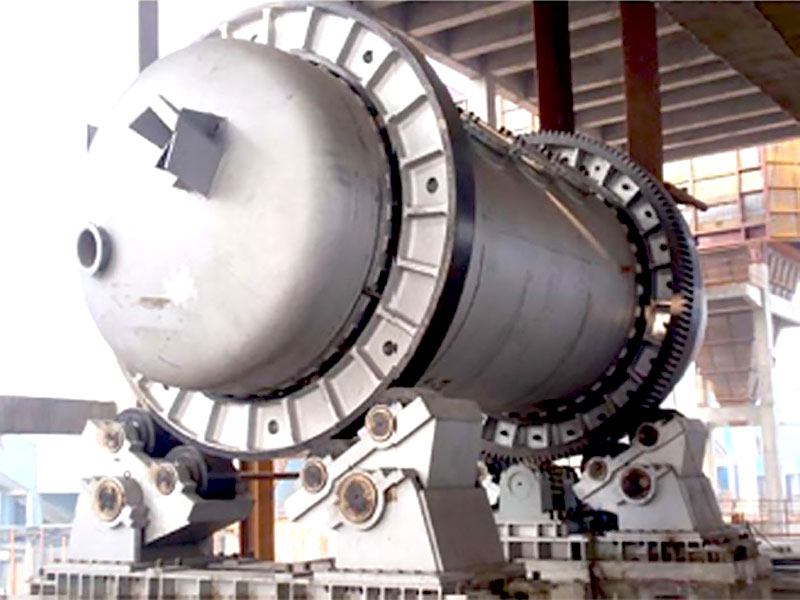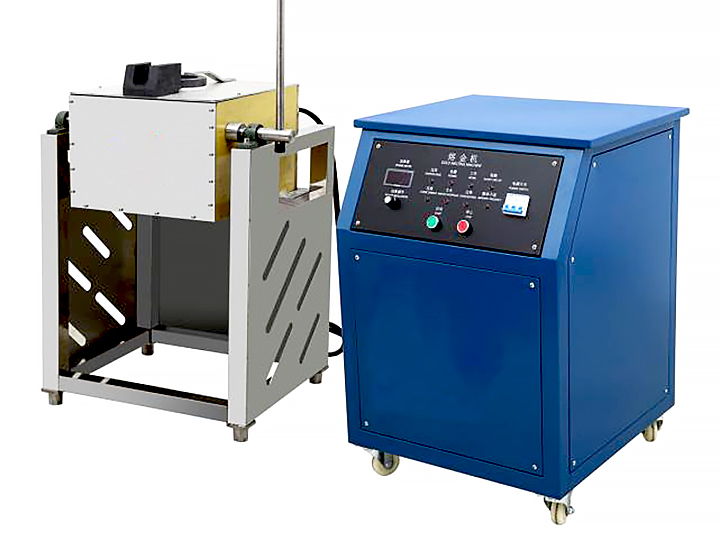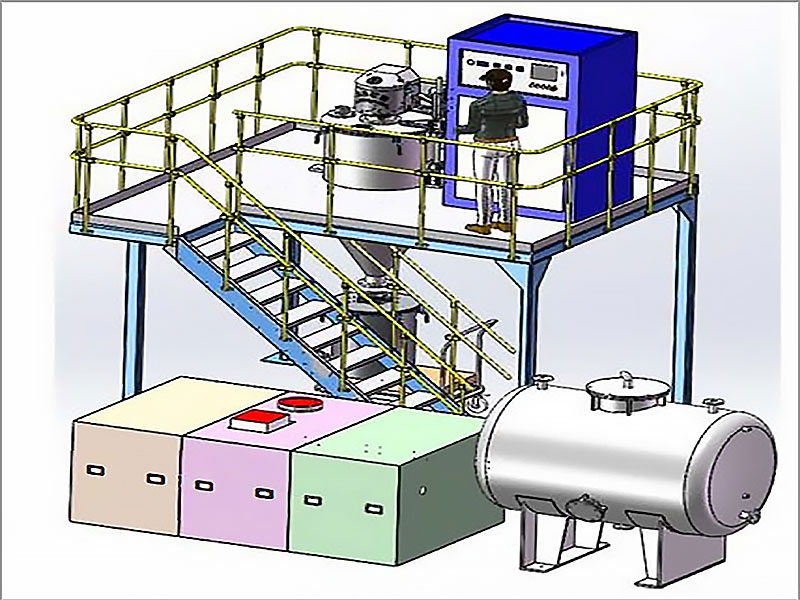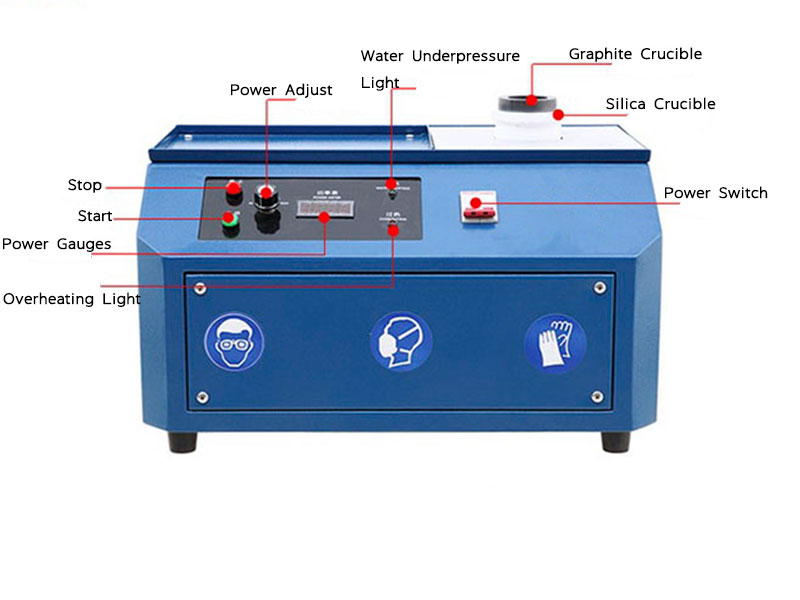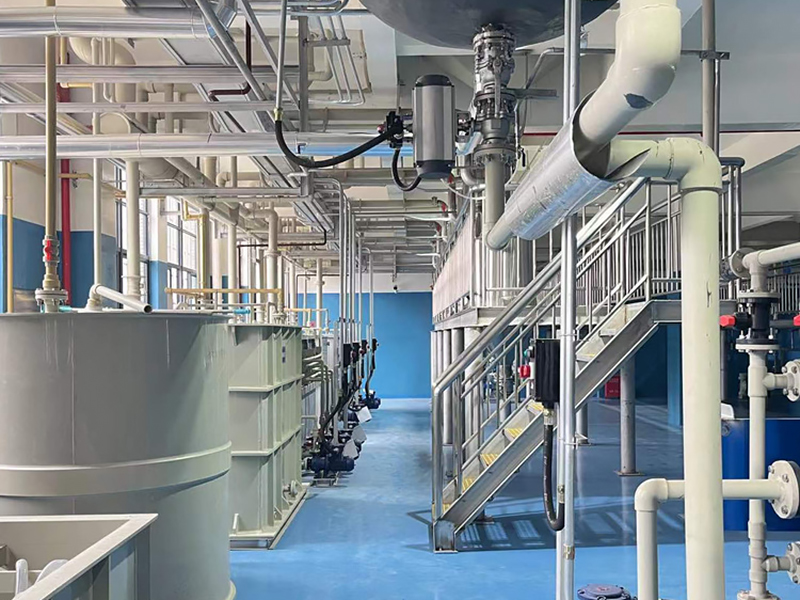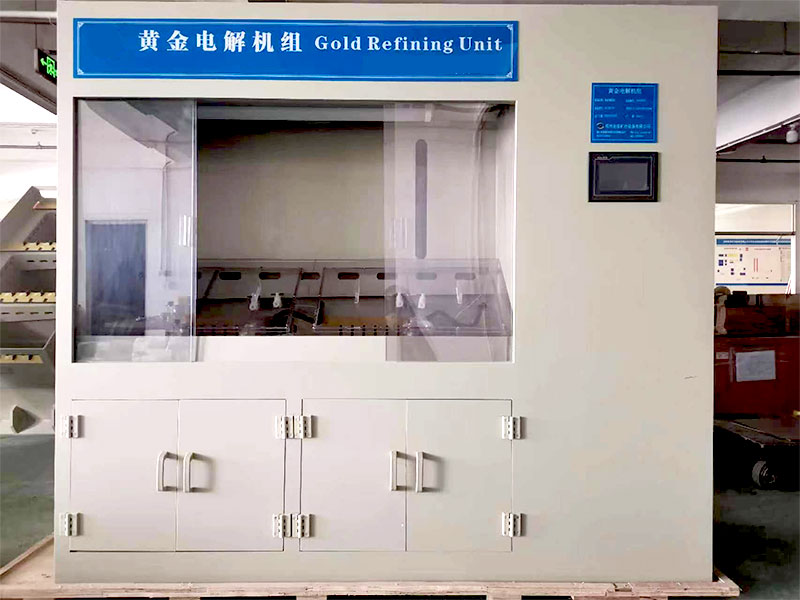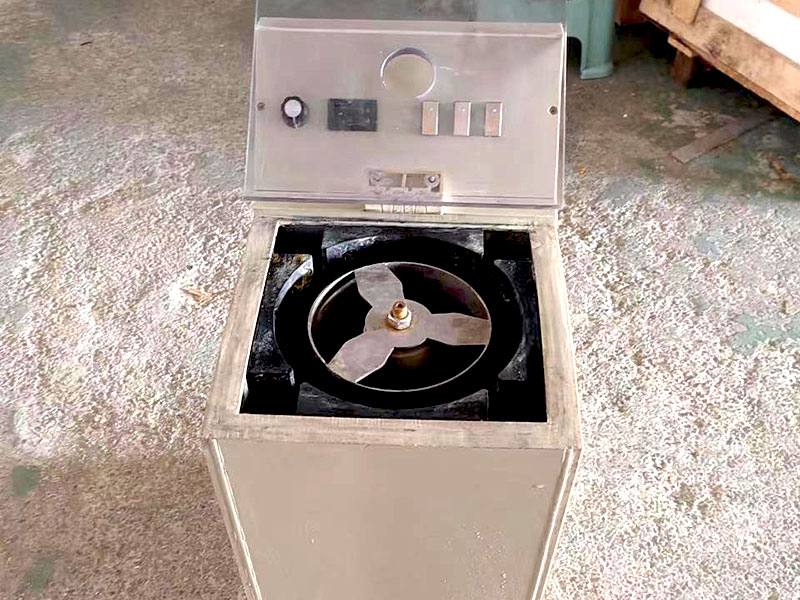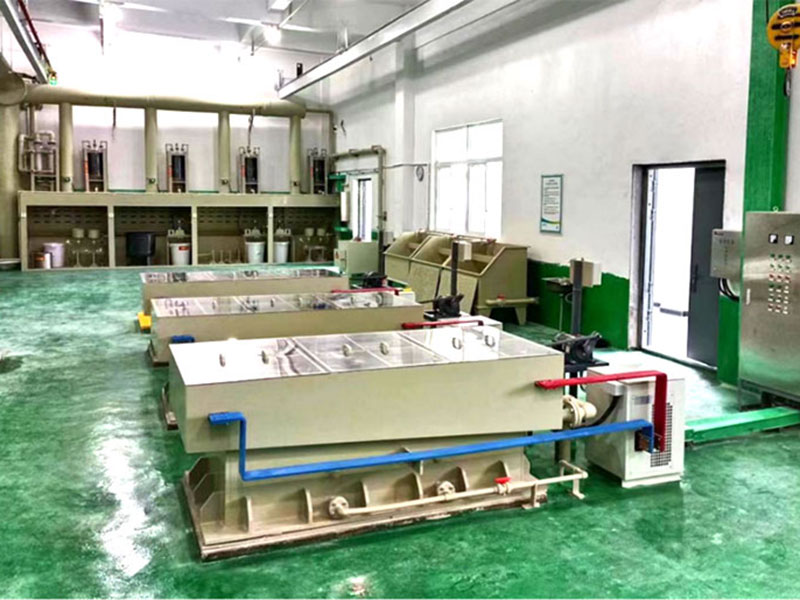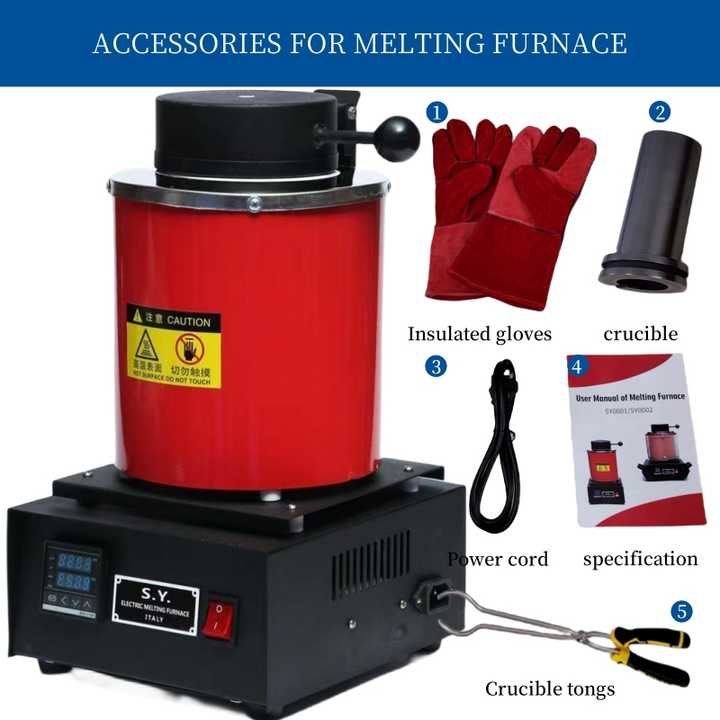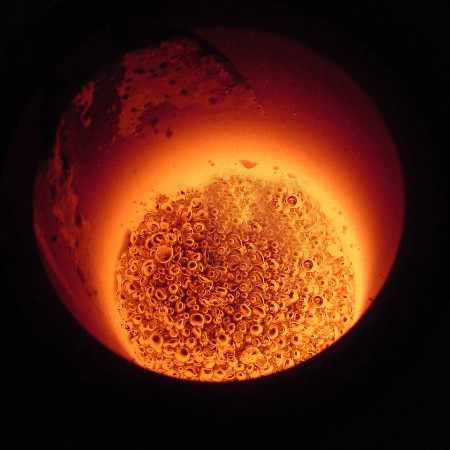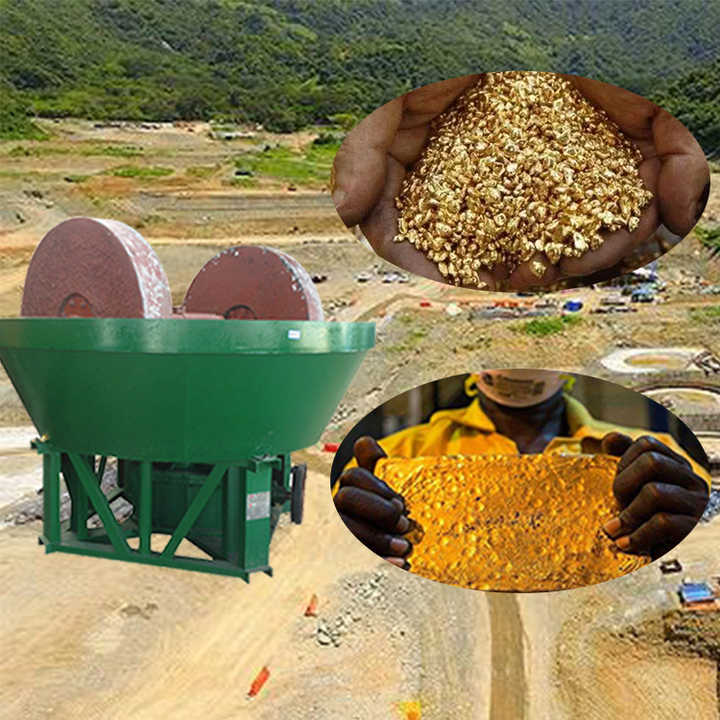smelting pyrite for gold
Smelting Pyrite for Gold: Unlocking Hidden Value
Pyrite, often called “fool’s gold” due to its shiny, metallic appearance, has historically been overlooked as a valuable source of gold. However, modern smelting techniques have made it possible to extract gold from pyrite ore. Smelting pyrite for gold requires a deep understanding of both the chemical composition of pyrite and the complex processes involved in separating gold from its host material. In this article, we will explore the key steps, challenges, and benefits of smelting pyrite for gold recovery.
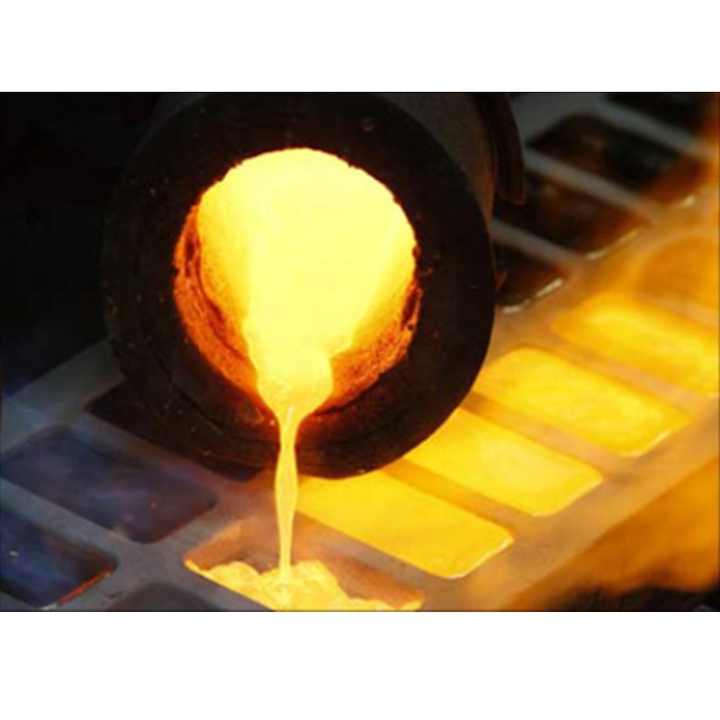
What is Pyrite?
Pyrite is a naturally occurring mineral composed of iron sulfide (FeS₂). While it does not contain significant amounts of gold, pyrite can sometimes be associated with gold deposits, making it a potential source for gold extraction. Historically, pyrite was mined for its sulfur content, but with advancements in technology, smelting pyrite for gold has become a viable method for recovering small amounts of precious metal.
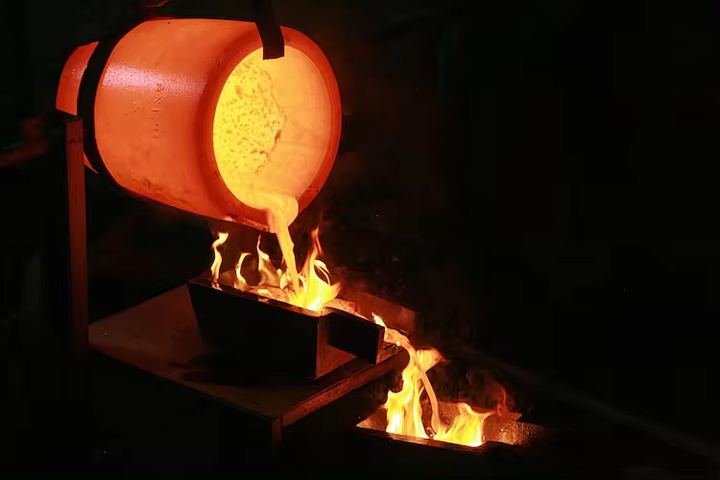
Understanding the Composition of Pyrite
Before smelting pyrite for gold, it is important to understand the mineral’s structure and its potential to yield gold. Pyrite consists primarily of iron and sulfur, but trace amounts of other elements, such as gold, can be trapped within its structure. The challenge lies in separating these components through smelting or other refining methods.
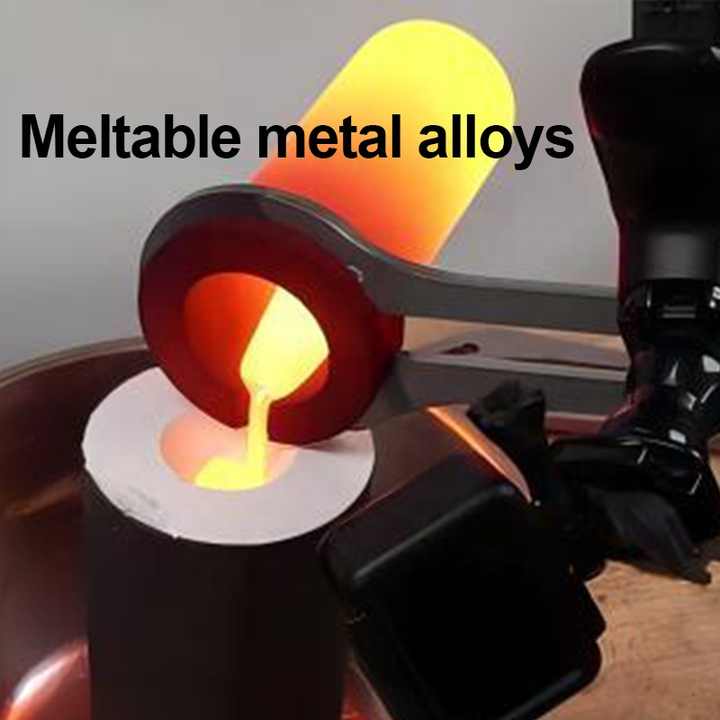
Smelting Pyrite for Gold: The Process
The process of smelting pyrite for gold involves several key steps. Unlike traditional gold ores that can be melted down to extract pure gold, pyrite requires a more complex approach due to the presence of iron and sulfur, which need to be separated from the gold.
Step 1: Crushing and Grinding the Ore
Before smelting, the pyrite ore must be crushed and ground into fine particles. This increases the surface area and makes it easier to release the gold during the smelting process. A jaw crusher or ball mill is typically used to break down the ore into manageable sizes for further processing.
Step 2: Roasting the Pyrite
One of the most crucial steps in smelting pyrite for gold is roasting the ore. Roasting involves heating the pyrite in the presence of oxygen, causing the sulfur to oxidize and be released as sulfur dioxide gas. This step helps in reducing the sulfur content of the ore, which is necessary for effective gold extraction. The roasting process also prepares the pyrite for the next stage of smelting by altering its chemical composition.
Step 3: Flux Addition and Melting
Once the pyrite has been roasted, flux is added to the mixture. Fluxes are chemical agents that help separate impurities from the gold during the smelting process. Common flux materials include borax, silica, and soda ash. These fluxes combine with the non-gold materials to form a slag that can be easily removed. The remaining material, which contains gold, is then melted in a furnace at high temperatures.
Step 4: Separation of Gold from Slag
After the pyrite is smelted, the molten gold must be separated from the slag. The gold will typically sink to the bottom of the smelting pot, while the lighter slag floats on top. The slag can be poured off, leaving behind the gold. Once cooled, the gold can be further refined if necessary to achieve the desired purity.
Challenges in Smelting Pyrite for Gold
Smelting pyrite for gold presents several challenges compared to traditional gold ore smelting. One of the main difficulties lies in the complex composition of pyrite. Unlike pure gold ores, pyrite contains significant amounts of iron and sulfur, which must be carefully removed through the smelting process. Additionally, pyrite can sometimes contain only trace amounts of gold, meaning large quantities of ore need to be processed to recover even small amounts of the precious metal.
Another challenge is the release of sulfur dioxide gas during the roasting process. Sulfur dioxide is a harmful pollutant, and care must be taken to ensure proper ventilation and environmental controls are in place to minimize its impact.
Environmental Considerations
Smelting pyrite for gold can have significant environmental impacts, particularly due to the release of sulfur dioxide during roasting. This gas is a major contributor to air pollution and acid rain. To mitigate these environmental concerns, modern smelting operations often incorporate sulfur capture systems that reduce emissions and convert sulfur dioxide into less harmful byproducts, such as sulfuric acid, which can be used in various industrial applications.
Additionally, smelting pyrite for gold requires careful management of waste materials, such as slag and tailings. Proper disposal and treatment of these byproducts are essential to minimize the environmental footprint of the smelting process.
The Economic Benefits of Smelting Pyrite for Gold
Despite the challenges, smelting pyrite for gold offers several economic advantages, particularly in regions where pyrite is abundant. While pyrite may not be as rich in gold as other ores, its wide availability makes it a cost-effective resource for gold recovery. By leveraging advanced smelting techniques, mining companies can extract valuable gold from materials that were once considered waste.
In some cases, pyrite smelting operations also yield valuable byproducts, such as sulfuric acid and iron, which can be sold or used in other industrial processes. This adds to the overall profitability of smelting pyrite for gold and makes it an attractive option for certain mining operations.
Smelting pyrite for gold is a complex but potentially rewarding process that allows miners to recover gold from a mineral that was once dismissed as “fool’s gold.” Through a combination of crushing, roasting, fluxing, and melting, it is possible to extract gold from pyrite ores. While the process presents unique challenges, including the need for careful environmental controls, the economic benefits make pyrite smelting a valuable method for gold extraction in certain regions.

